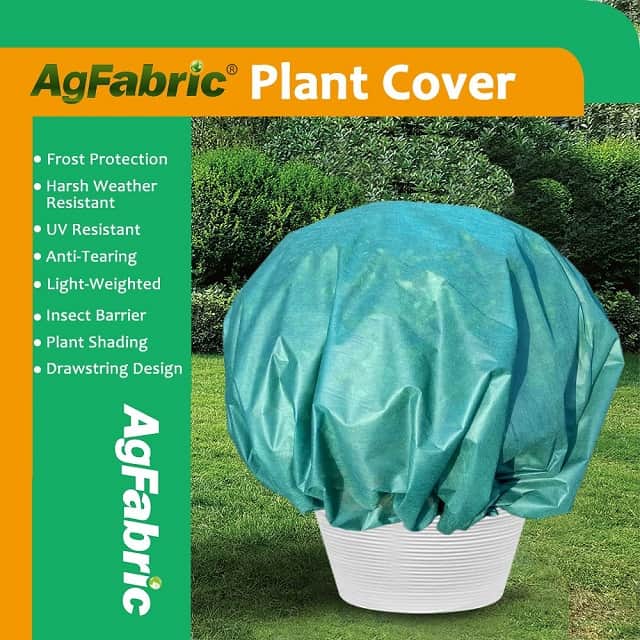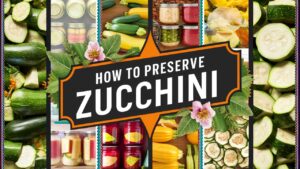In this post, we will explore essential gardening tips to help you create a thriving garden this April.
Test and Prepare Your Soil
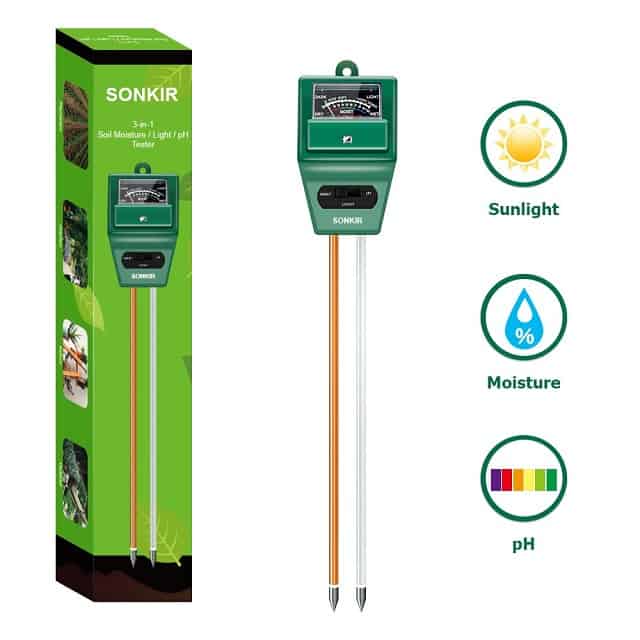
Before you dive into planting, one of the most crucial steps you should take is testing your soil. Healthy plants begin with healthy soil, and understanding your soil’s pH and nutrient content can set the stage for a successful growing season. You can purchase a simple soil test kit from your local garden center or send a sample to a lab for more detailed analysis.
After determining your soil’s condition, it’s time to prepare it for planting. Start by removing any debris, such as leftover leaves or sticks, that can harbor pests. Next, loosen the soil with a garden fork or tiller, ensuring it’s aerated and easy for roots to penetrate. If your tests show nutrient deficiencies, consider incorporating organic matter such as compost or well-rotted manure to enrich the soil. Aim for a mix of textures; a combination of sand, silt, and clay is ideal.
Plan Your Garden Layout
With your soil primed and ready, planning your garden layout becomes essential. Consider the sun exposure throughout the day. Most vegetables and flowers thrive in full sun, so prioritize those spots for sun-loving plants. Create a rough sketch of your garden space, keeping in mind the mature size of each plant to avoid overcrowding.
Grouping plants with similar water and nutrient needs can simplify maintenance and improve growth rates. Additionally, think about companion planting; certain plants can benefit each other in pest management or growth stimulation. For instance, tomatoes and basil thrive together, enhancing flavors and deterring pests. Don’t forget to include pathways for easy access to your plants; a well-planned layout not only aids in maintenance but also enhances the overall aesthetic of your garden.
Start Planting Hardy Vegetables
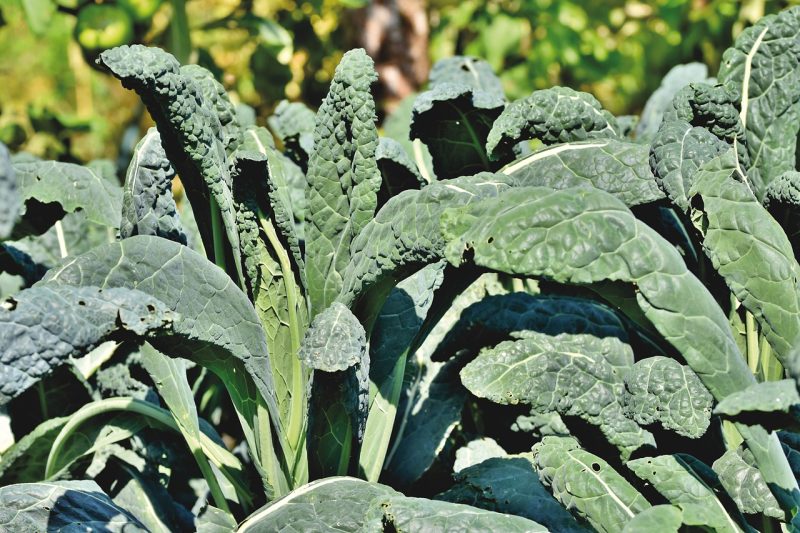
April is a fantastic time to start planting hardy vegetables that can withstand the varying temperatures of spring. Vegetables such as lettuce, kale, spinach, broccoli, and peas can be directly sown into the soil or transplanted if you started them indoors. These crops are not only cold-tolerant but also quick to harvest, making them ideal choices for early gardening.
When you’re ready to plant, use a trowel or garden fork to create shallow furrows or holes. Space seeds according to package instructions to ensure your plants have room to grow. For transplanting, make sure to disturb the roots as little as possible and water them thoroughly after planting. April is also an excellent time to start herbs like parsley, cilantro, and chives; they thrive in cooler temperatures and will add fresh flavors to your meals.
Protect Plants from Late Frosts
As the saying goes, “April showers bring May flowers,” but those showers can also be accompanied by unexpected frosts. A late frost can damage or destroy tender new growth, so it’s crucial to keep an eye on local weather forecasts.
If frost is expected, cover your tender plants with cloths, old sheets, or row covers, ensuring the material doesn’t touch the foliage directly to prevent scorch marks. Alternatively, consider using cloches or plastic bottles with the bottoms cut off to create mini-greenhouses around your smaller plants. Another preventative measure is to mulch around your plants, which can help regulate soil temperatures and protect roots.
Even with precautions, you may still experience frost damage. Don’t panic; often, plants can recover if they are not too severely affected, so prune away any blackened or damaged leaves and stems to encourage new growth.
Prune Winter-Damaged Branches

April is an ideal month for pruning, particularly if you live in areas with harsh winters that may have caused damage to shrubs and trees. Assess your plants for any broken or dead branches that need attention. Pruning not only enhances the overall shape and appearance of your plants but also helps to promote healthier growth in the coming months.
When pruning, always use clean, sharp tools to make clean cuts, reducing the risk of disease. Look for branches that are crossing over each other or growing inward and thin them out to allow light and air circulation. Pay special attention to flowering shrubs; some may require pruning soon after they bloom, while others benefit from being pruned before buds appear. Familiarizing yourself with the specific needs of each plant will lead to a more beautiful and thriving landscape.
Divide and Transplant Perennials
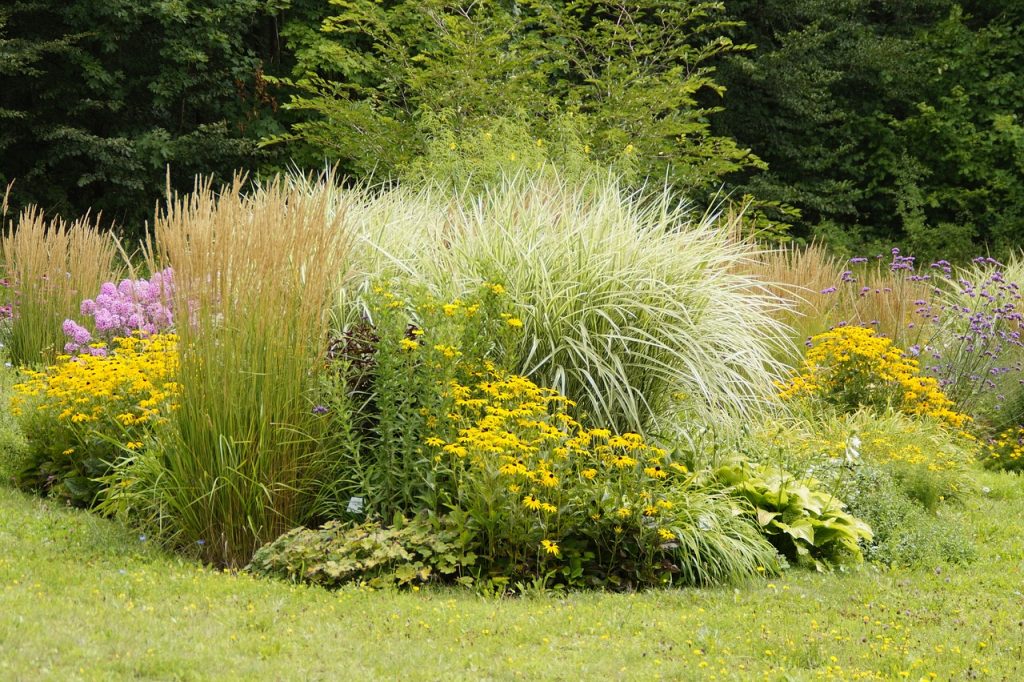
April is the perfect time to divide and transplant perennials. As spring arrives, many perennials start to show new growth, making it easier to identify clusters that have outgrown their space. Dividing perennials not only rejuvenates the plants but also allows you to expand your garden or share with fellow gardeners.
To divide, gently lift the plant with a fork or spade, being cautious not to damage the roots. Use your hands or a knife to separate the plant into sections, making sure that each division has adequate roots and shoots. Replant these divisions immediately at the same depth they were previously growing or slightly deeper in well-prepared soil. Water them thoroughly to help settle the soil around the roots.
Dividing and transplanting can result in a more vibrant garden, as smaller, healthy divisions often outperform their larger counterparts due to increased access to nutrients and moisture.
Begin Container Gardening

If you’re short on space or looking for a way to brighten up a patio or balcony, April is a great time to start container gardening. Container gardening allows you to grow a variety of plants in small spaces and can be done using pots, buckets, or even repurposed items.
Choose containers that are large enough to accommodate the plants you want to grow. Herbs, salad greens, dwarf varieties of vegetables, and flowering plants all thrive in containers. Ensure that your chosen pots have adequate drainage holes to prevent root rot. Use a high-quality potting mix, rich in nutrients, to give your plants a strong start.
When planting, consider aesthetics—combining plants with different textures and colors can create stunning displays. Keep in mind that container gardens may require more frequent watering as they dry out faster than in-ground gardens. Be sure to check moisture levels regularly and adjust your watering schedule as the weather warms.
Apply Mulch to Garden Beds
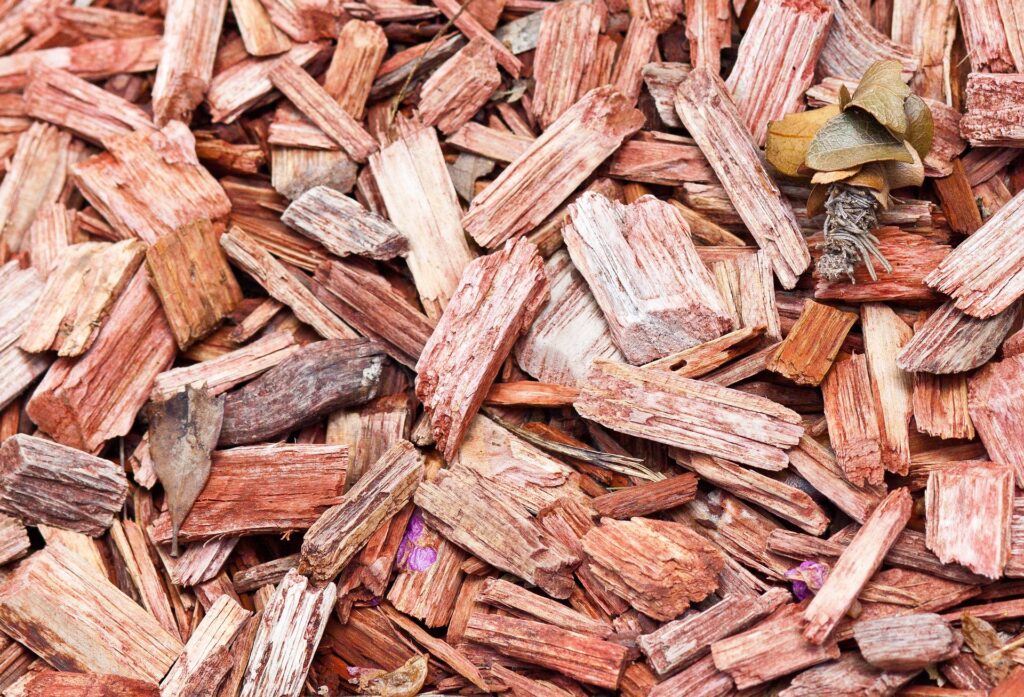
Mulching is a crucial step in April gardening, as it helps retain moisture, suppress weeds, and regulate soil temperature. Organic mulches, such as straw, wood chips, or shredded leaves, are excellent options because they break down over time, adding valuable nutrients back into the soil.
After your flower and vegetable beds are planted, apply a layer of mulch approximately 2 to 4 inches thick around the base of your plants, making sure to keep the mulch away from the stems to avoid rot. Mulching not only enhances the look of your garden but also reduces the amount of weeding you’ll need to do, allowing you to focus on enjoying your green space rather than maintaining it.
Consider adding mulch around trees and shrubs as well for added protection and moisture retention. With the right mulch, your garden will be better equipped to handle the heat of summer and the occasional cooler spells of spring.
Start a Composting Routine

April serves as an inspiring time to begin or reinvigorate your composting routine. Composting not only helps reduce waste but also provides a continuous supply of rich organic material that can enhance your garden’s fertility. You don’t need a large space to compost; even a small container can work!
Start by collecting kitchen scraps like vegetable peels, coffee grounds, and eggshells, along with yard waste such as grass clippings and leaves. Layer green materials (nitrogen-rich) with brown materials (carbon-rich) to create an optimized compost pile. Remember to turn your pile every few weeks to aerate and speed up the decomposition process.
You can use your finished compost to top-dress garden beds or to mix into potting soil, ensuring that your plants grow strong and healthy. By composting, you’re not only benefiting your garden but also embracing sustainable practices that contribute to a healthier planet.
Set Up Watering Systems

With gardening activity in full swing, establishing an efficient watering system in April is key to ensuring all your plants receive adequate hydration. Whether you prefer a manual approach or an automated system, understanding your garden’s needs is crucial for success.
Consider the type of plants you’re growing; different varieties may have differing water requirements. For large gardens, a drip irrigation system can deliver water directly to the roots, minimizing evaporation and runoff. Alternatively, soaker hoses are great for evenly dispersing water over garden beds without excessive overhead watering.
For smaller gardens, having a simple watering can or a hose with adjustable nozzles may be adequate. Make it a habit to assess moisture levels by checking the soil a couple of inches below the surface. A consistent watering schedule based on the specific needs of your plants will promote healthy growth and reduce the risk of diseases that arise from overwatering.




